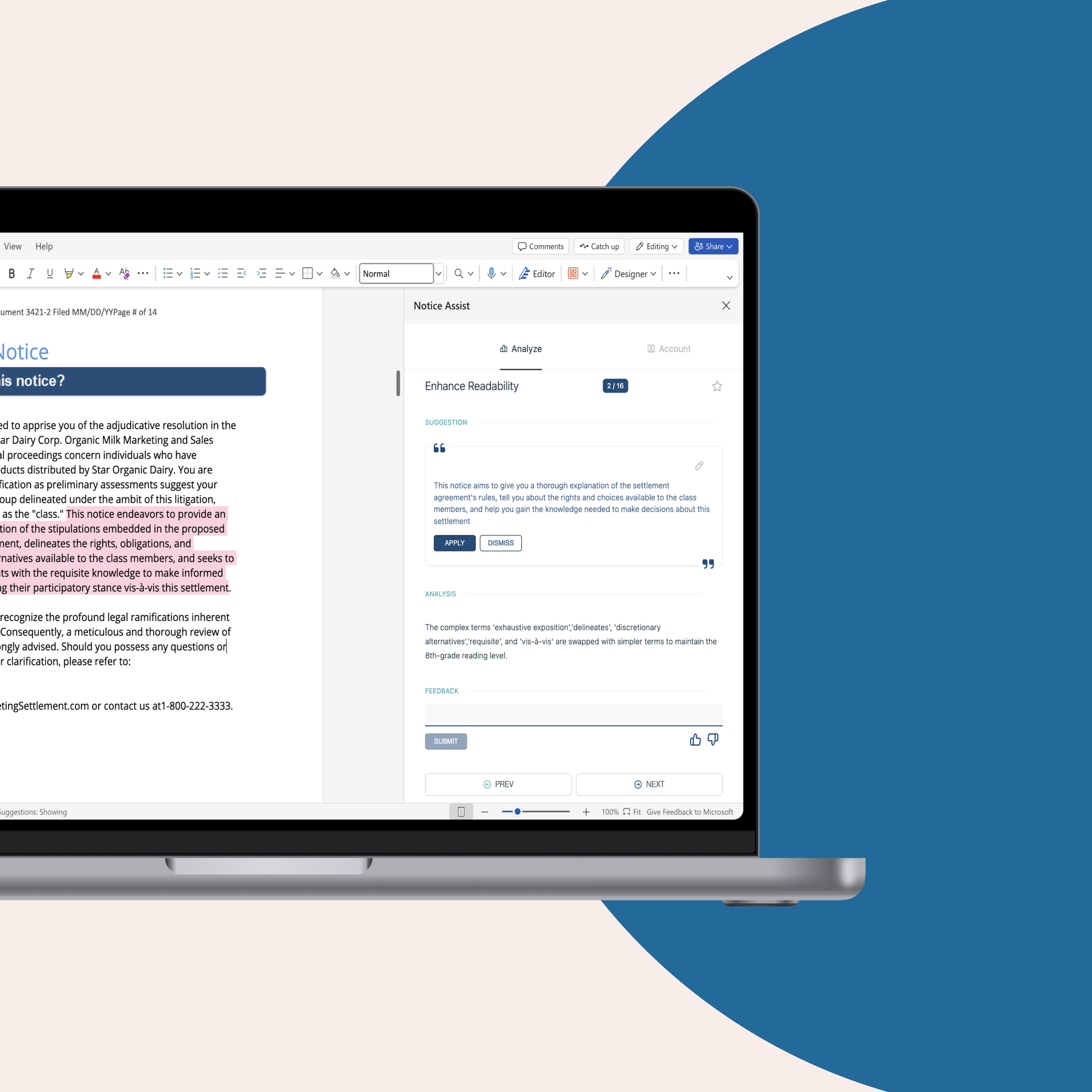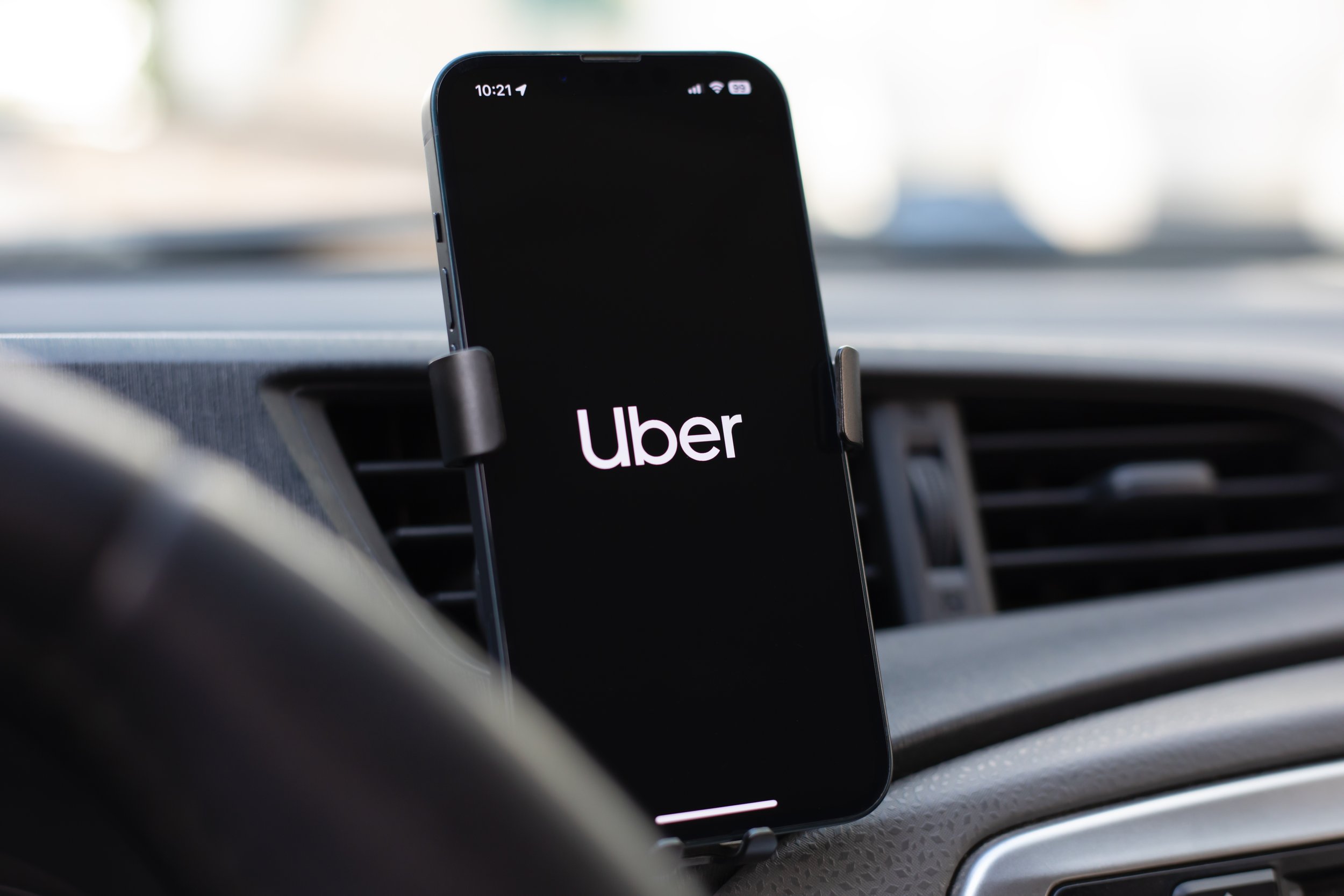"Concrete" Still Not Set In Spokeo Decision
Jocelyn D. Larkin
The Supreme Court yesterday decided the third of three class actions cases from this term that we have been closely watching, Spokeo Inc. v. Robins. A few observations.
Phew! The Court did not adopt the most extreme of defense arguments that Congress cannot authorize statutory damages where the victim cannot prove that he or she actually lost money as a result of corporate malfeasance. This case was also potentially worrisome because lingering just beyond the actual question presented was the issue of whether plaintiffs in a class action must demonstrate that every class member has Article III standing. While many appellate courts have expressly rejected that view, concluding that just one named plaintiff must have Article III standing, this has been a favorite defense argument of late.
Why worry when that issue was not the question presented? Well, maybe because we have seen the pre-2016 Supreme Court reach out and resolve class action questions not presented (e.g., Comcast v. Behrend), include dicta that appeared to resolve subsidiary class action issues (e.g., Walmart Stores v. Dukes – Daubert applies at class certification stage), and invite entirely new defense arguments with loose rhetoric (e.g., Walmart Stores v. Dukes – no “trial by formula”). And, a variation of this troublesome question was presented – but not resolved – in the Tyson Stores v. Bouaphakeo case.
The good news, of course, is that the decision is far more disciplined and narrow, as were the Campbell-Ewald and Tyson cases from this term. The only reference to class actions is in footnote 6 in which the majority in turn quotes a footnote from the 1976 decision in Simon v. Eastern Kentucky Welfare Rights Organization, 426 U.S. 26 (1976), to the effect that bringing the case as a class action does not relieve the named plaintiff from demonstrating his or her Article III standing. The nasty rhetoric about class actions, which has been commonplace in recent SCOTUS decisions is, of course, also absent. We can live with that.
What did the Court actually decide? To demonstrate Article III injury in fact, the plaintiff must show that his or her injury was “concrete and particularized.” Mr. Robins and the Ninth Circuit got the ‘particularized’ piece right – he asserted that Spokeo, the consumer reporting agency, had disseminated false information specifically about him. But they missed the “concrete” part. What exactly is a “concrete” injury? Relax, we’re not talking about the complimentary footwear Tony Soprano provides before tossing a wise guy into the East River.
The Court says that a “concrete” injury is “real” and not “abstract.” It may however be “intangible.” When is an intangible harm concrete? (No wonder people hate lawyers.) If you are Justice Thomas, it is only those private rights traditionally recognized at common law. He would leave the vindication of “public rights,” like “free navigation of water ways,” to government enforcement. Presumably, that would rule out pesky cases like Brown v. Board of Education as well.
Others take a much broader view of concrete, intangible harm. The Court recognized that Congress may identify and elevate intangible harms that will satisfy the concreteness prong that were not recognized at common law. This may even include conduct that creates “the risk of real harm.” Notably, the Court went beyond the specific statutory language of FCRA (the Fair Credit Reporting Act) to observe: “Congress plainly sought to curb the dissemination of false information by adopting procedures designed to decrease that risk.” Sounds like legislative intent.
However, just because Congress authorizes an individual to sue for a statutory violation does not necessarily mean that the claim automatically satisfies Article III. No bare procedural violations -- like an inaccurate zip code -- will do. The decision remanded the case for evaluation of the “concreteness” prong of Mr. Robins’s claim.
Justice Ginsberg, dissenting and joined by Justice Sotomayor, disagreed with the decision to remand the case for the lower court to determine whether Mr. Robins’s “particularized injury was ‘concrete.’” She found ample evidence in the record that the alleged misrepresentations about Mr. Robins’s education, family, and economic status would cause “actual harm” to his employment prospects.
Standing arguments will continue to be part of the defense playbook but, after Spokeo, the most radical of those positions will no longer get traction.











